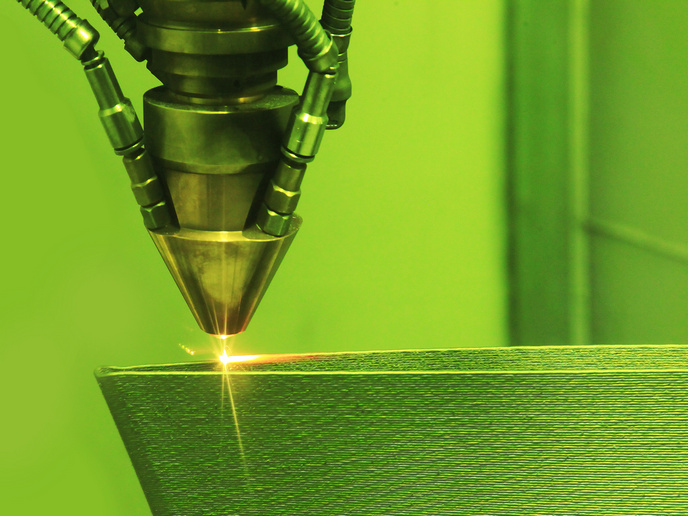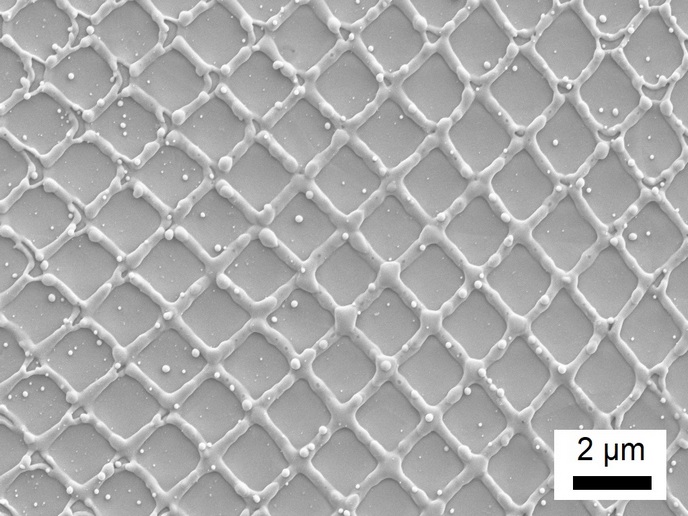Industrial glass processing using lasers is better for the environment
“The glass industry still uses the old-fashioned mechanical way of processing, requiring lots of energy and generating waste, including non-recyclable glass chips. So our aim and motivation was to transform this old-fashioned process and make it more sustainable,” explains GLAZER project coordinator Erik Raita, chief operations officer at Hypermemo(opens in new window), a laser technology company in Finland. Laser-machined glass looks the same as any other glass, but the process transforms cutting, bevelling, surface treatment, marking and engraving, using a single all-in-one tool, so the new process cuts down on maintenance of different machines. “Normally each of these processes is carried out by specialised machinery,” Raita notes. “The laser is a core component of the equipment which combined several machines into one,” he explains, adding: “By doing that we decreased the carbon footprint of machine manufacturing.”
Cuts down energy and pollution
In addition, “laser machinery replaces the need for gas, which is currently burned intensively in the glass industry, reducing energy consumption,” Raita notes. Mechanical grinding to smoothen rough edges that have been cut using traditional wheel-based methods is described by Raita as an unpleasant process that uses a lot of water. Mechanical grinding also creates a large amount of potentially hazardous waste glass chips that are difficult to dispose of. But the laser-assisted process makes a clean cut on the glass. “It completely gets rid of grinding, which is cost-intensive and polluting and is a huge headache for the industry nowadays,” says Raita.
Prototype scaled up
The 3-year project began with a fully functional laser prototype. Raita explains: “At that point, it could demonstrate the feasibility of laser-based glass processing at a small scale – on an area of 10 cm by 10 cm. This had to be scaled up for industrial use, developing the machinery around the laser, validating the technology and running trials with companies.” But scaling up presented challenges for the specialised company. “We had to develop motion control to move the laser beam over the larger (glass) processing area. That required computer-controlled machinery, and we had to develop expertise and competence in this domain, including mechanical engineering, software engineering and optics engineering, combined to build the machinery around the laser.” Their efforts paid off, he says, adding the laser-based machine can be used with large areas of not just flat glass, but also shaped glass, making it suitable for the automobile industry, as well as the construction sector.
Environment-friendly outcome
The fully automated operation uses 90 % fewer consumables and produces 80 % less waste, reducing the equipment footprint and dramatically reducing the carbon footprint, according to independent assessments. Glass produced in this way is not just stronger than conventional glass, but impact assessment tools developed by Delft University of Technology(opens in new window) in the Netherlands certified that with more than 60 000 tonnes of glass processed in this way a year, the system could potentially mitigate 120 tonnes of greenhouse gas emissions a year. “Our solution has the potential to transform industrial glass processing, and trials with leading glass manufacturers and equipment suppliers are continuing,” Raita says. These include companies from Japan, Turkey and the United Kingdom that also have operations in Europe. Exhibiting at a large industry fair in Germany generated a lot of interest and attention among industry actors, leading to negotiations with potential buyers, according to Raita. “We believe we will sign the first commercial contracts by the end of this year,” he notes.







